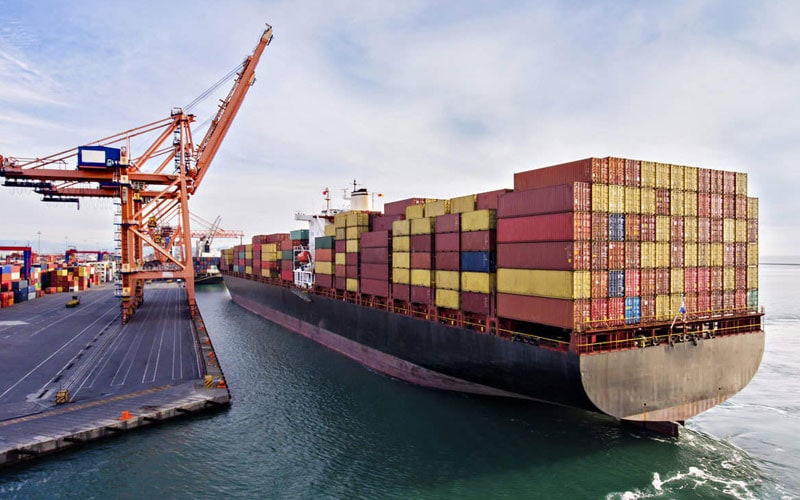
Did you know that the global shipping and logistics market’s expected to reach $18.69 billion by 2026? The number one reason for this booming market is that consumers want their products faster than ever.
For companies, one of the biggest challenges is to calculate freight shipping costs. So, how do you manage your freight shipping costs?
There are a lot of things that go into creating the final price. This article will review the many factors that affect freight shipping costs.
Calculate Freight Shipping Cost
Size of Shipments
When calculating freight shipping costs, consider the size. In general, larger shipments cost more to ship than smaller ones. This is because it takes more resources to move a large cargo, including more fuel, labor, and time.
There are a few ways to calculate the size of a shipment. The most common way is to measure the shipment’s length, width, and height, and then multiply those numbers. This gives you the cubic feet of the shipment.
Another way to calculate size is by weight. Weight is a more accurate measure of how much space a shipment will take up on a truck or plane.
Shipping Method
There are three main methods of shipping freight: air, ocean, and truck. Each has its benefits and drawbacks, so it is important to choose the right one for your needs.
Air shipping is the fastest option, but it is also the most expensive. Ocean shipping is the slowest option, but it is the most affordable. Truck shipping is somewhere in the middle, offering a moderate transit time and price.
The Distance
One factor that affects the cost of freight shipping is the distance the shipment has to travel. The further the shipment has to travel, the higher the shipping costs will be.
This is because the shipping company has to pay for the fuel to power the truck or train that is carrying the shipment. They also have to pay the driver or conductor for their time.
Type of Shipment
The type of shipment also affects the cost. There are three main types of shipments. These are the full truckload (FTL), less than truckload (LTL), and intermodal.
FTL shipments are the most expensive, followed by LTL and intermodal. This is because FTL shipments require a dedicated truck. This is typically more expensive than sharing a truck with other shippers.
Additionally, FTL shipments are often heavier and larger than LTL or intermodal shipments. To help you determine the cost of shipping your particular shipment, you can consult with freight experts.
Time of Year
The time of year can have a big impact on the cost of freight service. Some times of year are busier than others, and this can lead to higher prices.
Typically, the summer and winter months are the busiest. Prices will be higher during these times.
The fall and spring are typically slower, and prices will be lower during these times. If you are shipping during a busy time, you may want to consider using a less popular route to save money.
What To Consider When You Calculate Freight Shipping Cost
If you’re looking to calculate freight shipping costs, this guide is a great resource. Follow the tips and advice to get an accurate estimate for your shipment. And be sure to use a reputable freight company to get the best rates and service.
If you are interested in learning more about related topics, please be sure to check out the other articles on our blog site.







